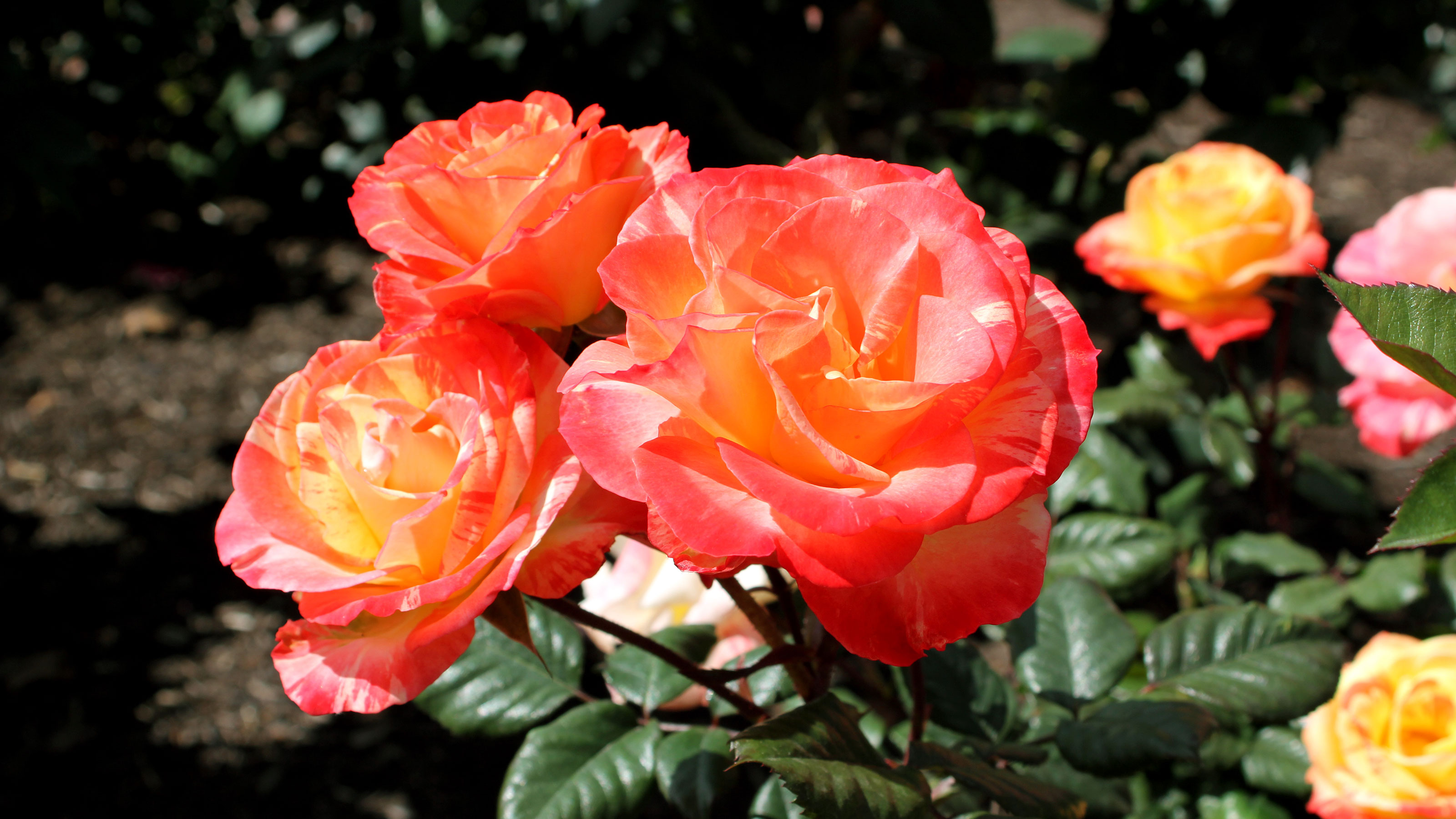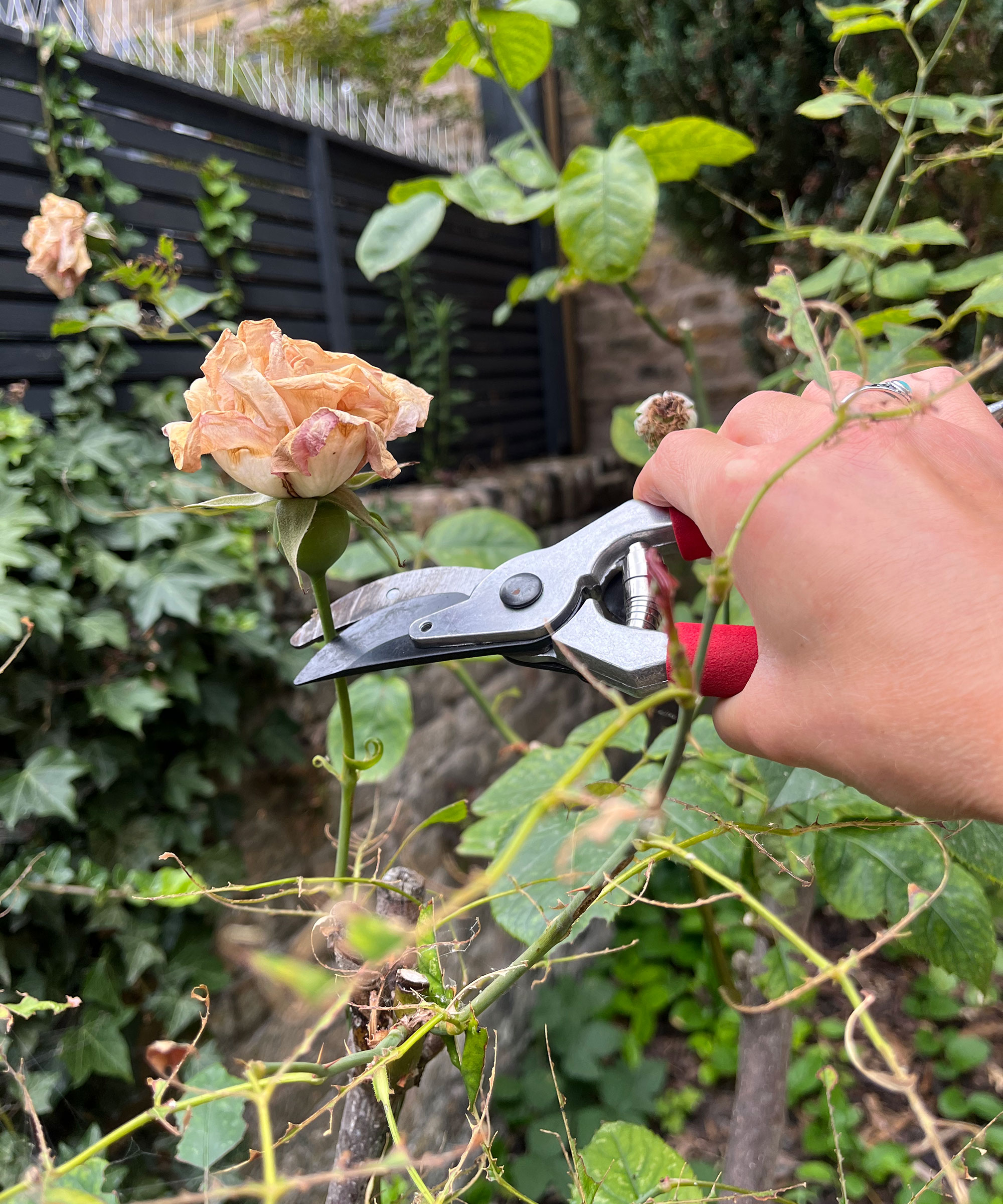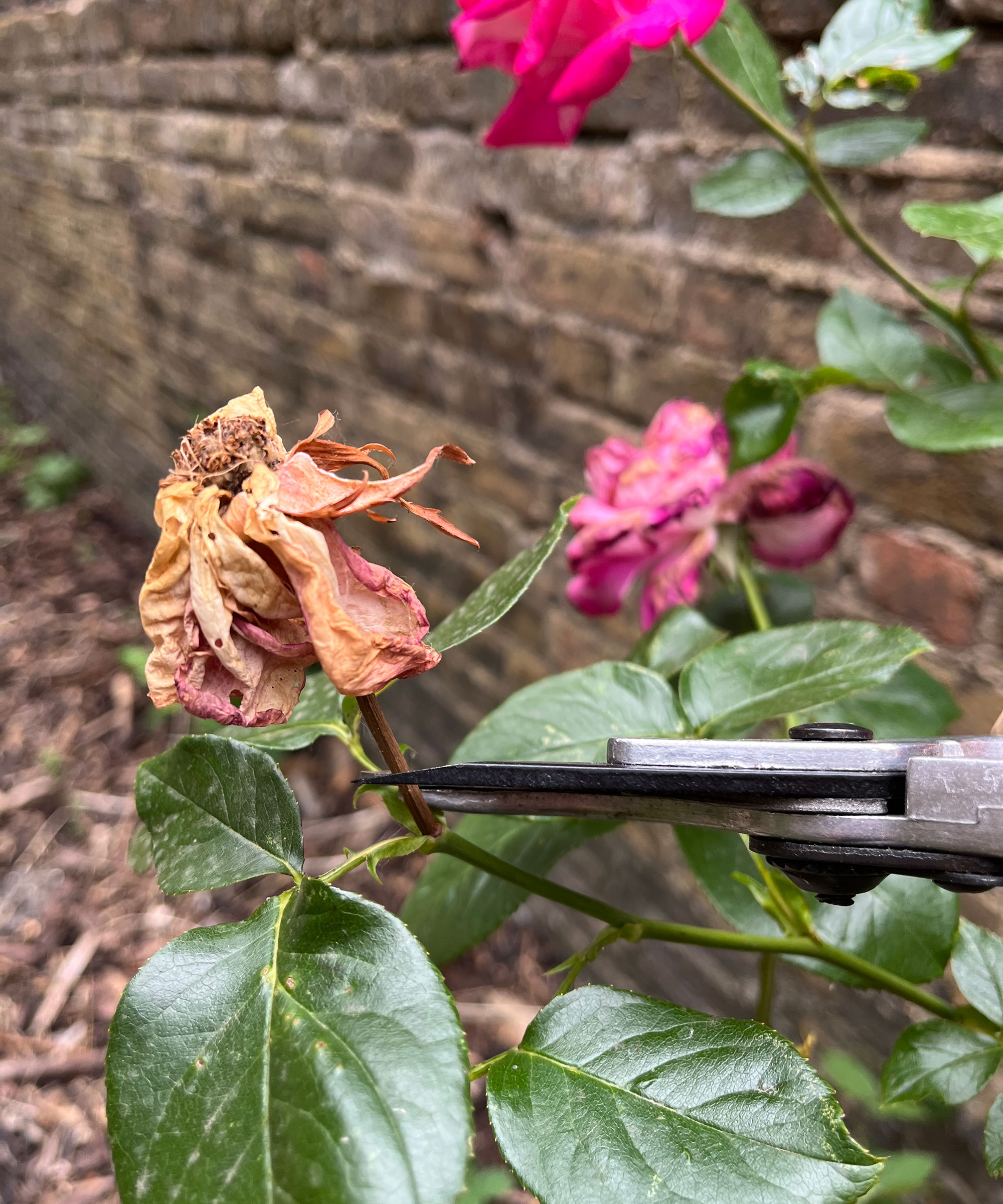How to deadhead roses: 3 simple ways for more summer blooms
Knowing how to deadhead roses in summer is essential to keep them beautiful and in bloom all season


To keep your yard looking beautiful throughout spring and summer, and going into fall, knowing how to deadhead roses is a must. Deadheading simply means removing wilted flowers that have finished blooming, also known as spent flowers. It is an important part of keeping them healthy as it allows the plant to direct its energy into producing more flowers – perfect for your rose garden display.
The best method for deadheading roses will depend on the variety you have and on whether you are pruning roses entirely in later winter, or simply removing spent flowers throughout their growing season.
If you are new to the world of roses, rest assured that deadheading is very easily done and you'll only need a good pair of secateurs, thick garden gardening gloves and the right technique to do it well.
Jonathan Race, Head Gardener at The Tawny Hotel keeps many beautiful varieties of roses in the hotel gardens, he says 'happy repeat-flowering roses can flower for months and months, so regular deadheading of spent flowers is important for encouraging more blooms. Little and often is a good plan. It can be quite meditative too, and you get to enjoy the flowers up close every day.'
How to deadhead roses in summer
There are a few different techniques to use when deadheading roses in summer, ie. growing season, as to where you make your cut. The aim of the game is to help direct the plant's energy into producing more flowers and healthy growth but, generally speaking, it shouldn't hurt the rose if you cut a little too low or high.
'A good, clean cut will keep the rose healthy.' Adds Race. So ensure your secateurs are sharp and clean. Note how it is important to wipe and disinfect your secateurs clean after every use to not spread disease across different garden plants.

You can deadhead your roses once individual flowers are faded. You don’t need to wait until all of them have done so – in fact, taking brown blooms off will enhance the remaining flowers on your plant which are still at their best, helping beds and borders appear far brighter.
Get small space home decor ideas, celeb inspiration, DIY tips and more, straight to your inbox!
I have hybrid tea roses in my London garden (at least my keen gardening eye teamed with plant identification apps thinks so) and they flower throughout the summer, greatly benefitting from regular deadheading! Note, it's okay if you don’t get to deadheading as soon as the flowers are finished, but it's such a quick job that you'll pinch yourself for not having done it sooner! Here are the three main ways to deadhead roses:
You will need:
1. A pair of pruning shears: I like Felco's Model 12 secateurs
2. A thick pair of gardening gloves, Amazon has lots especially designed for tending to roses
3. A pot or compostable garden refuse bags for the blooms
1. Cut where the base of the flower meets the stem

To remove the blooms that are brown and finished, all you need to do is use secateurs, or pinch them off, just below the point at which the base of the flower joins the stem.
2. Cut back to the first leaf below the stem

Monty Don's rose deadheading tip and preferred method is to cut back to the first leaf below the spent flower. Simply make a cut where the bottom of the flower meets the stem, above any leaves.
When cutting above a leaf or node, you'll want to cut at a 45-degree angle, in the direction of where you want the rose to grow. This would typically be outwards and you want to cut at a slant away from the node so that debris and water are less likely to gather at the node or top of the leaflet.
Note, if you're deadheading roses with clusters of spent blooms like Floribunda or Spray Roses, you'll want to snip off the entire cluster just above the first leaf with five leaflets.
3. Pinch and pull off by hand
A favorite of many gardeners in growing season – my preferred method also if I'm deadheading my roses daily – is to simply, but gently, pull off the spent rose flowers, wearing gardening gloves and watching for thorns of course.
Remember that you can add the spent roses to your compost heap unless there are any signs of disease. Otherwise, dispose of them with your garden waste.
When should you not deadhead roses?
If you have wild roses growing, leave them be. Rambling roses or varieties with hips that you want to flower in the fall should also be left. Race adds 'If it’s a wild or species rose, then don’t deadhead it, and enjoy the hips over the winter. We’ve just planted some wonderful climbing roses in the walled garden here, and although we might not get to them every day, we’ll certainly be in there regularly.'

I'm Cam, the former deputy editor of Real Homes who worked on the site from 2020 to 2023. As a renter myself, sharing a home with two friends (and my cat) in London, I know all too well the challenges that this can pose when it comes to creating your perfect setup. As someone who has always loved everything interior design-related, I cannot rest until a home feels right and I am really passionate about helping others get there too, no matter what their living situation, style, or budget may be. It’s not always the easiest to figure out, but the journey is fun and the results are so worth it.
After interior design, travel, art, and photography are my next big passions. When I’m not writing or editing homes content, I’m usually tapping into other creative outlets, exploring galleries in London or further afield, taking photos, scribbling, or drawing!